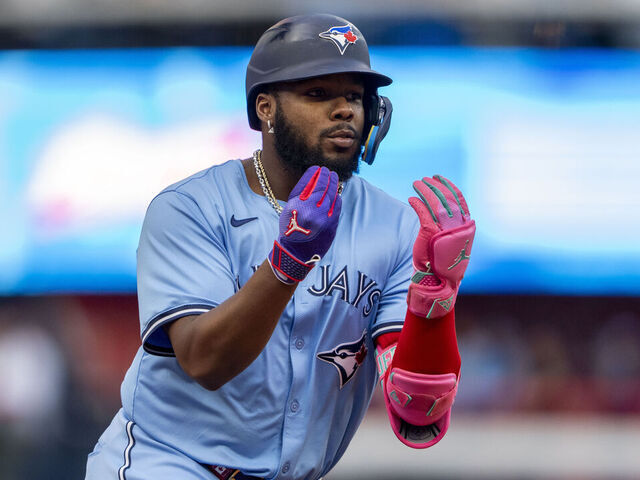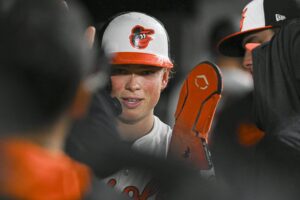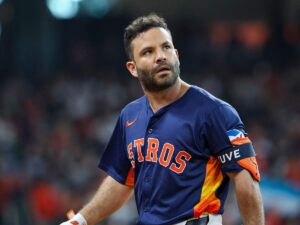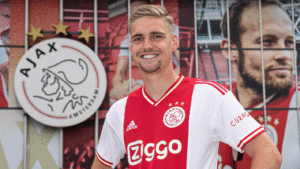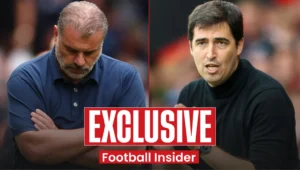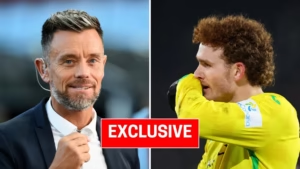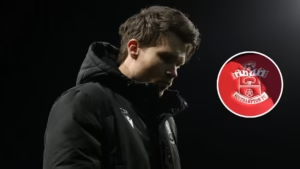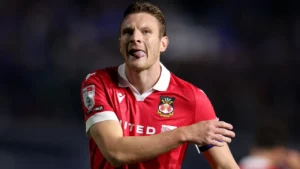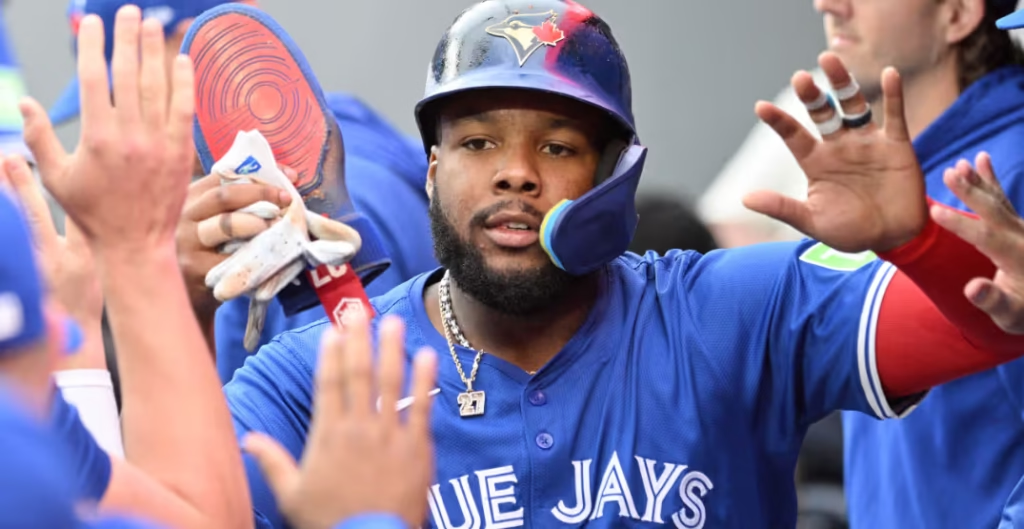
Opinion | Blue Jays fumbled Vlad Guerrero’s contract, and there’s only one man to blame. It’s not who you think
Boy, they really screwed up this time.
The Blue Jays wouldn’t make a compelling enough offer to convince Vladimir Guerrero Jr. to sign an extension and become the face of the franchise for the next decade-plus. So now they’ll have to battle it out with some pretty big-shouldered teams next winter in order to keep their star — a generational talent whether team president Mark Shapiro will admit it or not.
That’s if they really do want to, despite the platitudes that Shapiro and his general manager Ross Atkins offered to the media in Florida, including the Star’s Gregor Chisholm, on Tuesday.
I wrote back in August, and have pounded home weekly on Deep Left Field, the Star’s baseball podcast, that Guerrero needed to become a forever Blue Jay. That it was going to be uncomfortable financially but worth it nonetheless. And that was before they waved a billion dollars (Canadian) at Juan Soto, who turned them down to sign with the Mets.
Edward Rogers was part of the presentation to Soto and, as much as we’d like to blame Shapiro and Atkins for this franchise-altering failure, the fact that Guerrero — the homegrown superstar, Canadian-born for the sweet love of Cheez Whiz, who time after time has expressed a desire to stay in Toronto — isn’t locked up right now, rests entirely on Rogers himself.

There’s a “be careful what you wish for” aspect to wanting an owner to be more involved, with so many examples of meddling leading to huge problems.
The Yankees went from 1978 to 1996 without a World Series championship once George Steinbrenner really dug his heels in. The Orioles never won under Peter Angelos — their last title came in 1983. And we all know what happened to the Leafs under Harold Ballard.
The opposite is troubling too, though, and that’s what the Blue Jays have. Until this winter, Rogers has been so completely detached from the team that Shapiro has, essentially, had all the powers of ownership with little to no oversight.
Rogers has been buying what Shapiro has been selling — hook, line and sinker — ever since he brought him in to replace Paul Beeston a decade ago.

Shapiro speaks Rogers’ language, something neither Beeston nor Alex Anthopoulos could do. There’s no question Shapiro has made Rogers money and, for a time, had fulfilled the promise to build the team into a championship contender.
To his credit, Rogers has provided Shapiro with all the resources needed to build a winner. Money has never been an issue — the Jays blew away the competition to sign high-profile free agents like Hyun-Jin Ryu and George Springer earlier this decade and will run a top-five payroll this season.
Rogers authorized the huge offer to Shohei Ohtani last winter, was right there with Soto this winter and even met with Guerrero to try to convince Vladdy to sign.

It’s not about being cheap, it’s about putting his faith in the wrong people.
Shapiro was a rising front-office star when he became the GM in Cleveland in 2001 and won baseball’s executive of the year in 2005 and 2007. After that ‘07 team blew a three games to one lead to the Boston Red Sox in the American League Championship Series, he embarked on his second rebuild in seven years and after 190 losses over 2009 and ‘10, moved upstairs to become the team president.
The Cleveland rebuild lasted two more years with Chris Antonetti running baseball operations and since then the Guardians have posted a winning record in 12 of 13 seasons, including seven playoff appearances and five division titles. They made the playoffs twice under Shapiro.

Here in Toronto, all that support from ownership has resulted in zero division titles and three first-round exits from the playoffs since the 2016 team Shapiro inherited made it to the ALCS.
One of Shapiro’s first big moves in Cleveland was to trade star pitcher Bartolo Colon to Montreal. The fans — already upset by the trade of Roberto Alomar seven months earlier — were furious, but Shapiro stuck to his guns, knowing the team couldn’t sustain a high payroll. And he brought back a haul in future stars Cliff Lee, Grady Sizemore and Brandon Phillips.
